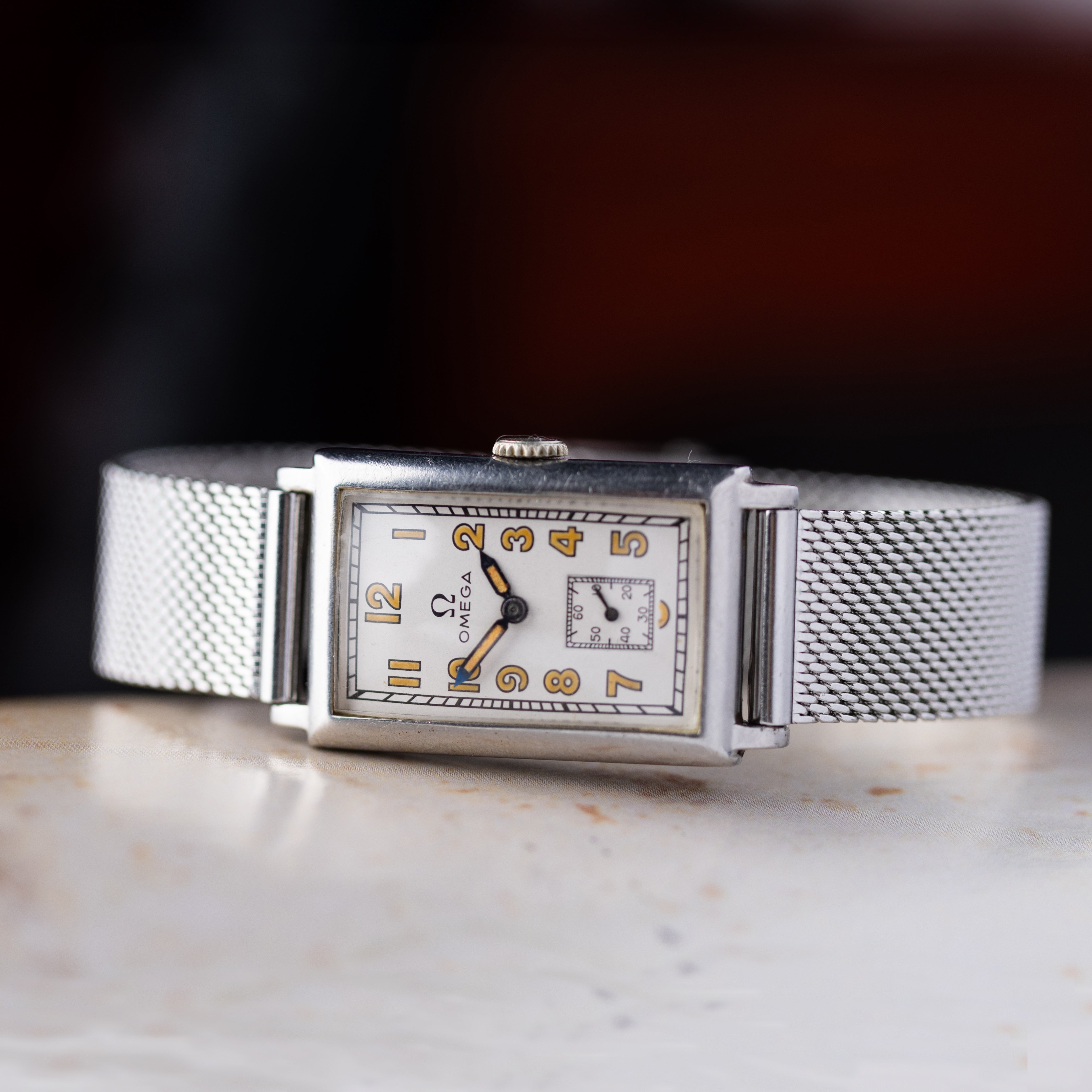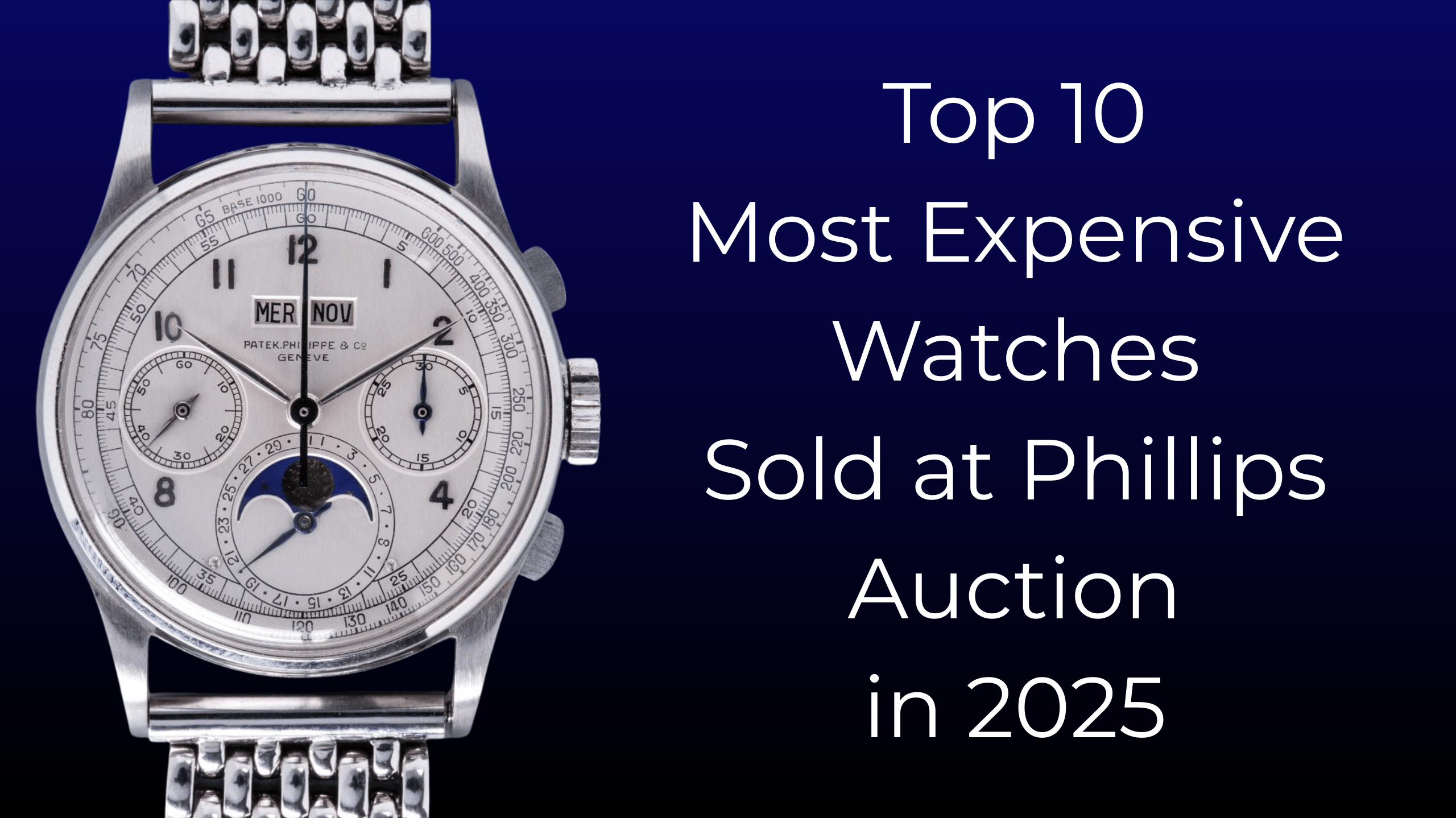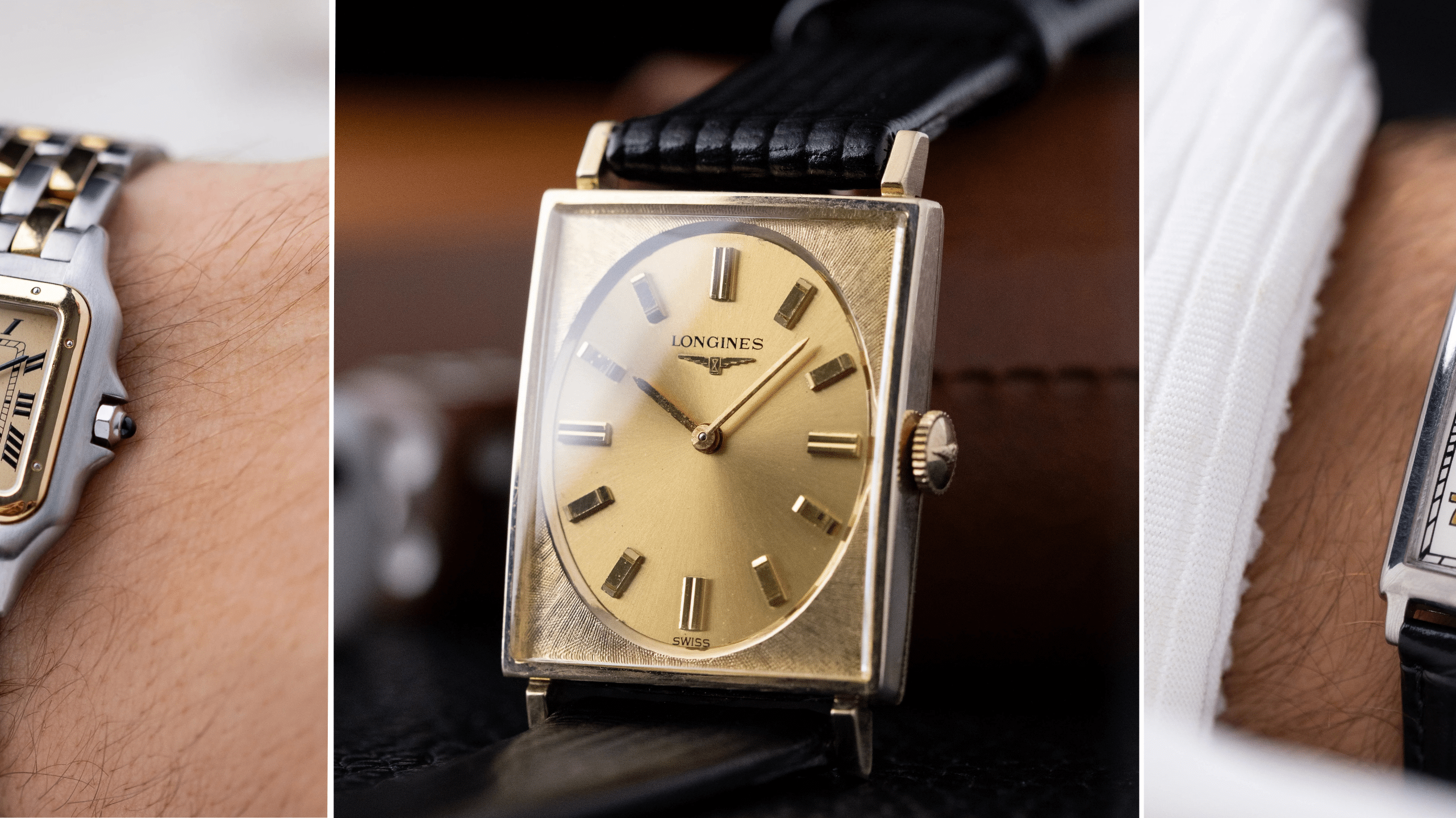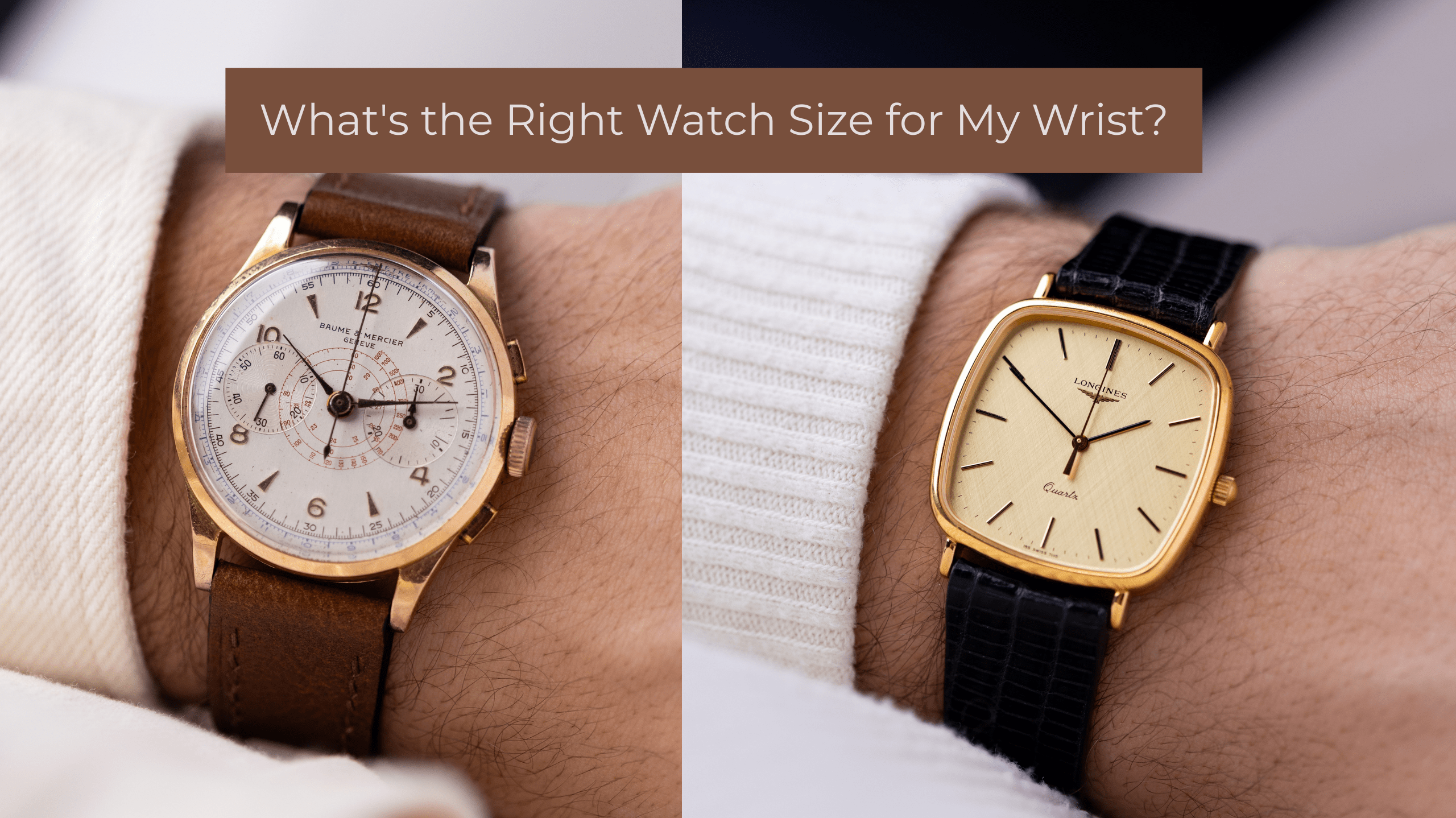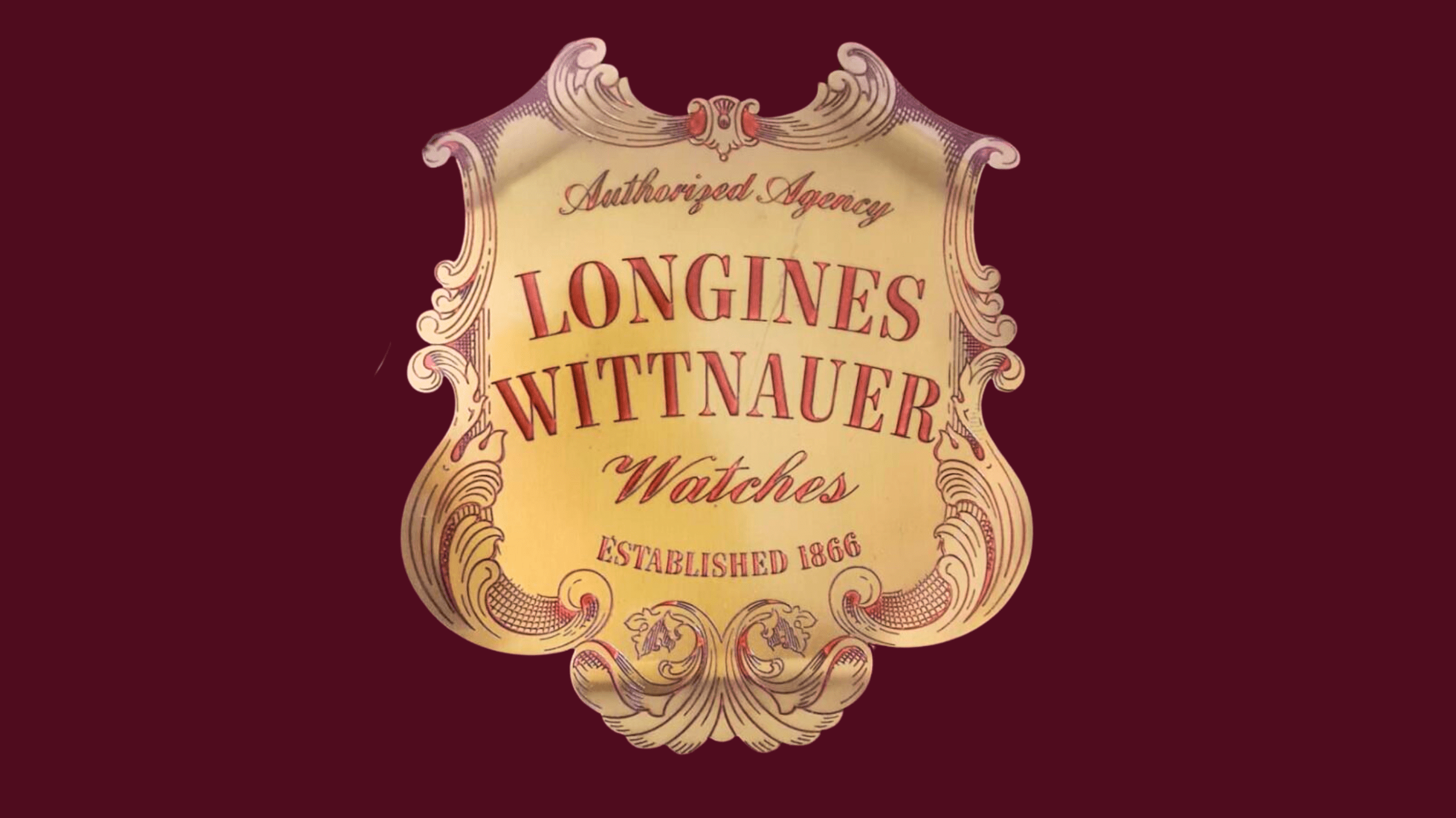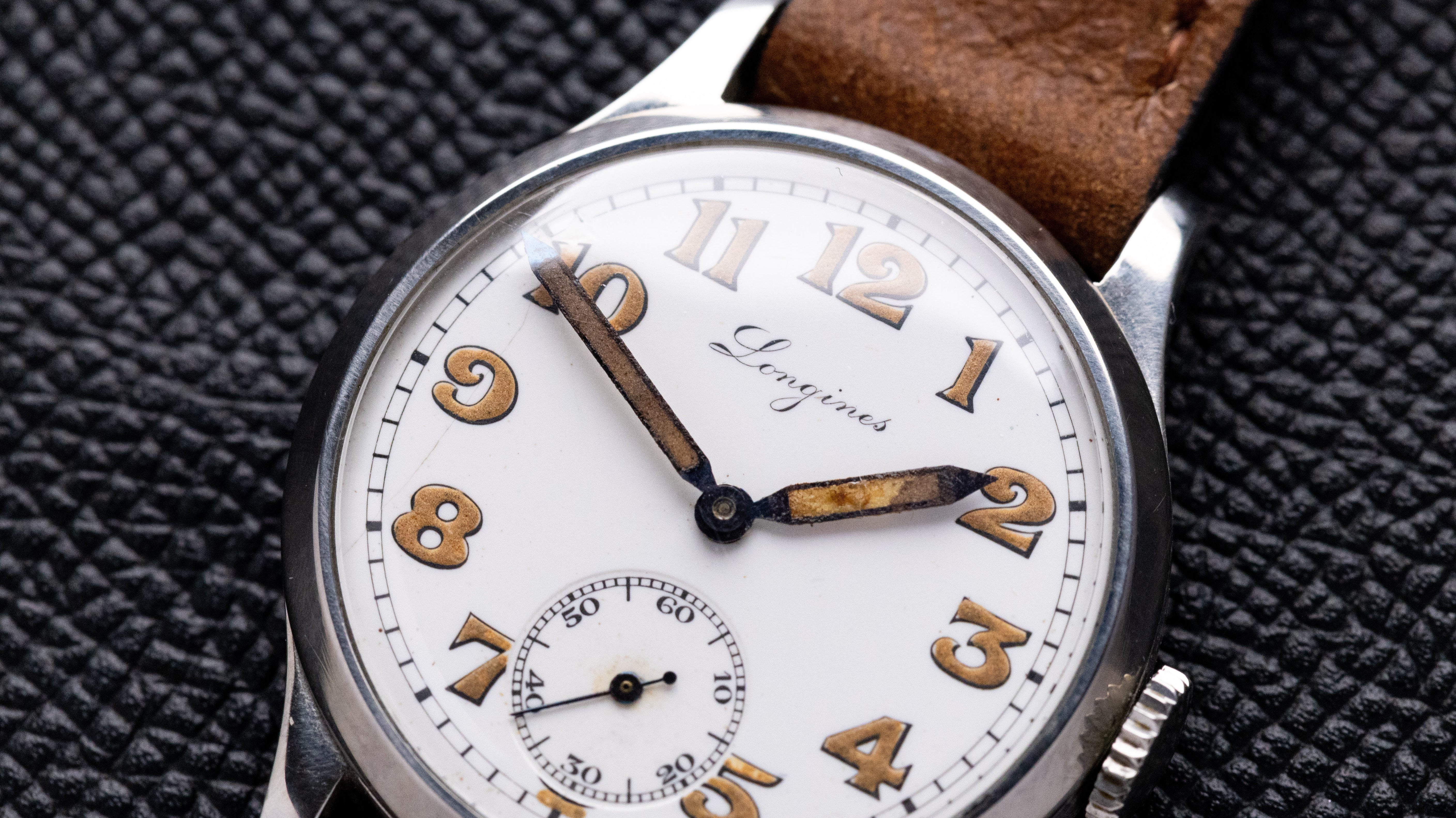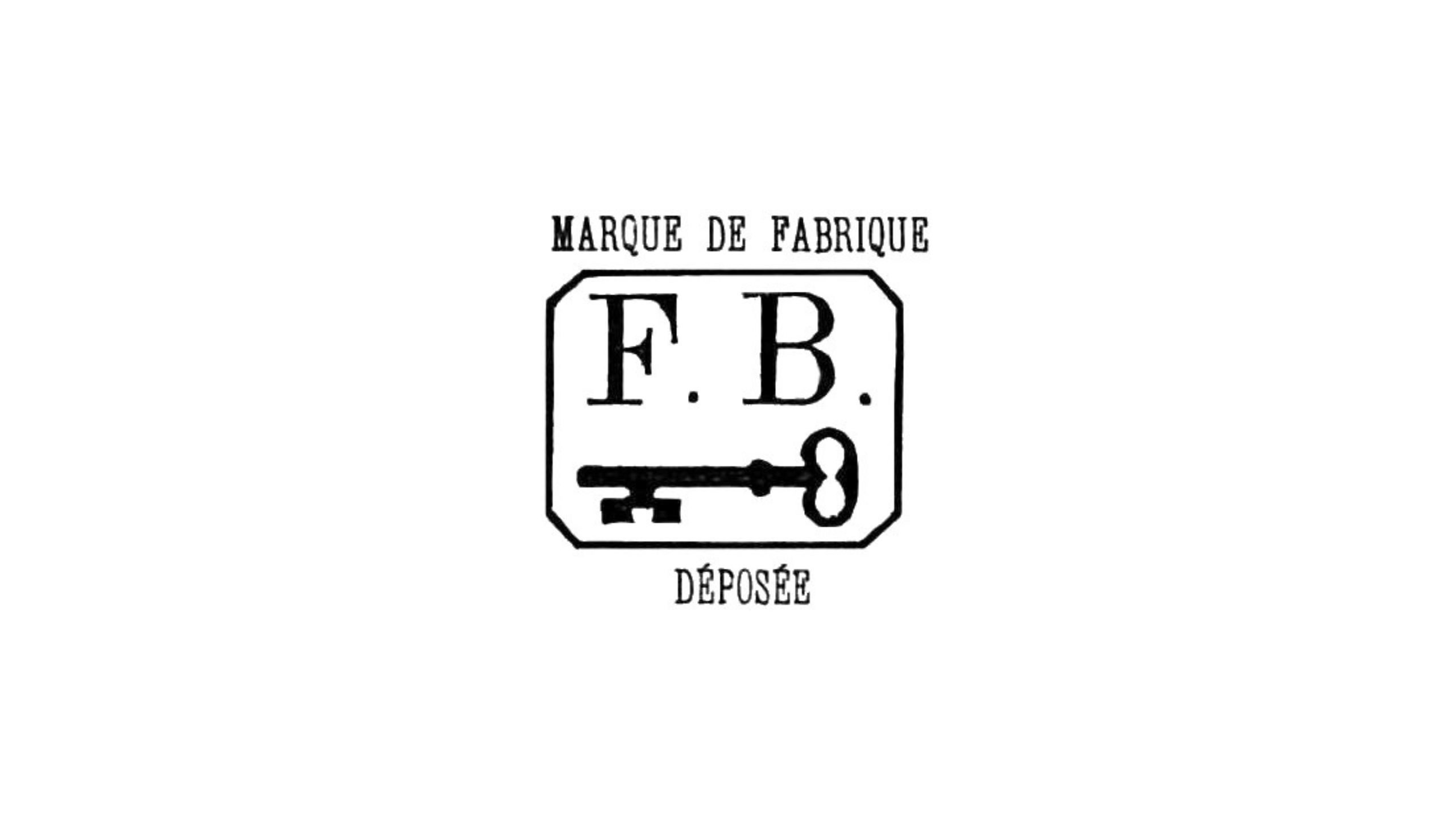Omega’s Dynamic line isn’t as famous as the Speedmaster or Seamaster, but it’s a fascinating chapter in Omega’s history. Born in the late 1960s, the Dynamic series was Omega’s playground for bold ideas - some wildly successful, others short-lived. Spanning three generations (late ’60s, mid-’80s, and ’90s), the Dynamic watches evolved dramatically in design, movements, and purpose. What stayed consistent was Omega’s willingness to push boundaries, from space-age shapes to military-inspired dials. Let’s journey through the Dynamic line’s quirky evolution - with examples, calibers, and a bit of historical spice along the way.
The Swinging ’60s: Omega’s Dynamic Debut in the Space-Age Era
An Omega Genève Dynamic (1st generation, c.1968) in its distinctive lug-less elliptical case, designed for ergonomic comfort. In 1967, Omega’s sales director Robert Forster had a bright idea: create a watch so comfortable you’d barely feel it on your wrist. The result, launched in 1968, was the Omega Dynamic – initially under the Genève collection.

And this wasn’t just another watch; it looked like something out of a futuristic ’60s design lab. The case was an unusual oval (elliptical) shape “determined by the anatomy of your wrist,” as Omega put it. In plain English, they shaped the watch to fit the wrist snugly, like it belonged there. There were no traditional lugs at all – the strap attached directly into the smooth case, making the watch sit low and comfortably, almost like it was hugging your wrist. This one-piece monocoque case (opened only via the crystal/front) kept the watch slim and sealed, giving water resistance up to 30 m – pretty good for the time.

Omega also got creative with the straps and dials. The Dynamic came with an easily interchangeable strap system and even included a special tool so owners could swap straps at home. The original straps were made of Corfam, a then-new synthetic leather, often perforated with holes to “air-condition your wrist” (yes, Omega actually advertised it that way!). It was all about comfort and a modern sporty style. On the dial, Omega used high-contrast concentric circles (a bullseye-style design) to make reading the time a breeze at a glance. Many dials had funky ’60s colors – from vibrant blues and oranges to more sober blacks and silvers – so you could pick one that expressed your personality. The watch wasn’t just talk; it was a hit. By 1972 Omega had sold over one million Dynamics, which tells you it resonated with the youthful, fashion-forward crowd of the era.

Inside, the first-gen Dynamic was powered by trusty Omega automatic movements. Common models used the Calibre 565 (a workhorse 24-jewel automatic with date) for the men’s version, while some smaller-cased variants used the Calibre 681 auto for a slightly more compact size. These movements kept good time and, combined with the sealed case, gave the watch durability to match its style. Omega even shifted the branding from Genève to De Ville Dynamic around 1970, tweaking details like adding a polished bezel edge. The idea was to keep the Dynamic feeling fresh and maybe a bit more upscale as the 1970s rolled on.

The first-generation Dynamics carried on into the late ’70s, riding the wave of 1960s optimism until the Quartz Crisis (when battery-powered watches started taking over) began to change the industry landscape. Still, the legacy was set: the Omega Dynamic had proven that unconventional design and comfort-focused engineering could find a mainstream audience – over a million wrists can attest to that.
The Quirky Comeback of the ’80s: Seamaster Dynamic “Spider”
After the original Dynamic faded out, you might think Omega would let this experiment rest. But nope – in 1984, they decided to resurrect the concept in a totally new way. Enter the Omega Seamaster Dynamic II, a watch so quirky that collectors later nicknamed it the “Spider.” Why spider? One look at it, and you’ll get it – the watch had a round case with a web-like bezel design that could remind you of a spider’s web or perhaps the spiraling of a seashell. In the middle was a bold dial, often a two-tone “target” style. One popular version (shown below) had a black outer ring, a white center, and a red ring encircling the inner dial – giving a funky black/red/white tuxedo vibe. It certainly caught your eye!

Omega Seamaster Dynamic II “Spider” (1984) with its distinctive two-tone dial and notched bezel design. This generation used mostly quartz movements and was Omega’s attempt to win over the ’80s youth market. The Dynamic II was now part of the Seamaster family, and unlike its 60s predecessor, it wasn’t all mechanical – in fact, it was mostly quartz. Omega was riding the quartz wave of the 1980s, aiming this model at a younger, modern audience who wanted cool looks and convenience. The watch featured an unusual angled case profile, sloping slightly for easier reading (a neat idea to improve legibility without you having to twist your wrist much). And like the original, it still had interchangeable straps/bracelets, so style remained “dynamic.” Technical specs of the Dynamic II included a date window at 6 o’clock on many models and water resistance around 30 m, similar to the first gen. At its heart ticked Omega’s quartz calibers, like the Calibre 1426 (a 1980s quartz movement), which made the watch accurate and low-maintenance.

For all its audacity, the Spider didn’t quite weave a lasting place in Omega’s lineup. It was produced for only a few years before being discontinued (by the late ’80s, it was gone). Why so short-lived? It turns out the offbeat design was a bit too ahead of its time – or maybe just too funky – and it didn’t replicate the broad appeal of the ’60s Dynamic. Collectors also suspect that having mostly quartz versions under the revered Seamaster banner wasn’t a huge draw for purist enthusiasts. Whatever the case, the Dynamic II Spider became a rare sight – a kind of forgotten experiment. Today, if you find one, it’s a real conversation piece: an ’80s time capsule on the wrist. Love it or hate it, you have to give Omega credit for trying something completely different (again) in an era when many Swiss brands were playing it safe or struggling to survive.

Vintage Omega Dynamic II 'Spider', Two-tone dial, Quartz Cal. 1430 from 1980's
This Omega Seamaster Dynamic II is a bold and unmistakably unique piece, often affectionately referred to as the “Spider”.
$1,400.00
See More
Back to Basics in the ’90s: The Military-Inspired Dynamic III
Fast forward to the mid-1990s. Mechanical watches were making a comeback after the quartz storm, and Omega still hadn’t given up on the Dynamic idea. In 1995, they launched the third (and final) generation simply called the Omega Dynamic, often dubbed Dynamic III by collectors. This time, Omega took a new design direction: instead of looking to the space-age future, they looked to the past – specifically, World War II-era military watches for inspiration. It was a period when everything “retro” was cool again, and Omega smartly tapped into their own history of field and pilot watches. The Dynamic III came out with a no-nonsense, vintage military aesthetic: a matte black dial, large luminous Arabic numerals in a classic 1940s font, and bold hands. It ditched the funky bullseye circles of the ’60s; the dial was clean, high-contrast, and supremely legible – basically channeling those old WWII pilot dials where you needed to read the time in a split-second. Even the hour markers between the numbers were simple luminous dots (“buckshot” markers, as some call them), reinforcing the utilitarian look.
Omega Dynamic III (late 1990s) with a pilot-style dial and military-inspired numerals. The 3-hand model used Omega’s Cal. 1108 automatic movement, while the chronograph version used the modular Cal. 1138. The 1990s Dynamic was offered in two main versions: a classic 3-hand automatic (with time and date) and an automatic chronograph. The 3-hand model had a date window at 3 o’clock and was powered by Omega’s Calibre 1108 – an automatic movement with a pedigree (it was a modified ETA 2892-A2, known for reliability). The chronograph was particularly interesting: it featured two sub-dials (a 30-minute counter and a small seconds), and its design was clearly influenced by vintage stopwatches. The chrono’s pushers stuck out noticeably from the case, almost like old-school stopwatch buttons, and the crown sat slightly offset relative to those pushers. That off-center crown wasn’t a mistake; it’s a tell-tale sign of a modular movement inside. Indeed, the Calibre 1138that Omega used for the Dynamic chronograph was a modular design – essentially a regular automatic movement with a chronograph module added on top (hence the crown and chrono buttons don’t line up horizontally). This allowed Omega to create a chronograph without developing a costly in-house chrono from scratch. The Cal. 1138 “sandwich” did the job, although hardcore watch geeks sometimes tease modular chronos for that quirky crown position.
Omega’s plan with the Dynamic III was to craft an entry-level luxury watch that would entice younger buyers in the ’90s. Think of it as Omega offering a cool military-styled watch at a more affordable price point than, say, a Speedmaster Professional. And honestly, the Dynamic III is a very different beast than a Speedmaster – no tachymeter bezel, no space heritage, but a simpler, hipper vibe, almost like Omega’s version of a field watch. The strategy saw some success; the Dynamic III, especially the three-hander, found fans who wanted a no-frills Omega with a bit of retro character. The watch had a 36mm steel case (mid-sized by today’s standards, fairly standard for the ’90s), with options for a steel bracelet or leather strap. It was robust too: Omega gave it a 50 m water resistance rating, an improvement over earlier Dynamics, so it could handle daily life without worry.
Omega being Omega, they also had some fun with the Dynamic III line. In 1997, to cap off the series, they released a limited edition “Targa Florio” chronograph (1,973 pieces) named after the famous Italian road race. This special edition had a slightly tweaked dial – for instance, white Arabic numerals in a different font and a red seconds hand – plus an engraved caseback paying tribute to the Targa Florio. It was a nod to racing heritage and perhaps an attempt to clear out remaining stock with a collectible twist (indeed, Omega had some leftover Dynamic cases and this was a clever way to use them up). The Dynamic III line quietly wound down by 1999, marking the end of Omega’s Dynamic experiment. The chronograph variant, despite its cool design, never quite escaped the shadow of the Speedmaster – it’s hard to compete with the Moonwatch legend in Omega’s own catalog. As a result, sales for the Dynamic chronograph were underwhelming, and it was shelved along with the rest of the line.

Legacy of the Dynamic: A Vintage Cult Favorite
Looking back, the Omega Dynamic series might not have been a consistent bestseller, but it certainly left its mark. Each generation of the Dynamic reflects its era’s trends and Omega’s willingness to take risks. The late ’60s Dynamic was a space-age superstar, proving that radical ergonomics and funky design could win over the public – over a million sold says it all. The ’80s Seamaster Dynamic “Spider” showed Omega experimenting at a time when many traditional brands were struggling; it’s a quirky footnote now, but it’s part of Omega’s story of innovation (even if that innovation was a bit too odd to last). The ’90s Dynamic III, with its military revival style, hit a sweet spot for some enthusiasts who wanted an Omega that was different from the usual models, and it has since become something of a cult classic. In recent years, collectors have started to appreciate these Dynamics more and more. They remain relatively affordable vintage Omegas, offering a lot of heritage and uniqueness for the price. First-gen Geneve Dynamics can often be found in the few-hundred to low-thousand-dollar range, and even the Dynamic III chronographs are valued as cool “out of production” finds rather than pricey trophy watches.
Will Omega ever revive the Dynamic line? It’s hard to say – the watch industry loves to dip into nostalgia, and Omega has plenty of other icons to work with. But the Dynamic stands for something special in Omega’s legacy: it was their design laboratory on the wrist. From the 1960s optimism of ergonomic shapes to the 1990s nod to military minimalism, the Dynamic line showed Omega’s adventurous side. It may not have been a continuous success story, but it’s undeniably interesting. For watch lovers, that makes the Dynamic a conversation piece and a reminder that even big brands like Omega aren’t afraid to get a little… dynamic. After all, isn’t that spirit of innovation and evolution what keeps watchmaking exciting? The Omega Dynamic might be gone, but it hasn’t been forgotten – its influence and the daring ideas it embodied still resonate as a fascinating chapter in horological history.
Read other Omega fascinating stories:
Omega Cosmic
Omega Constellation
Omega Seamaster
Omega Ladymatic
Omega Speedmaster

